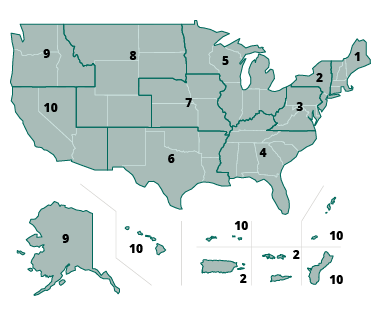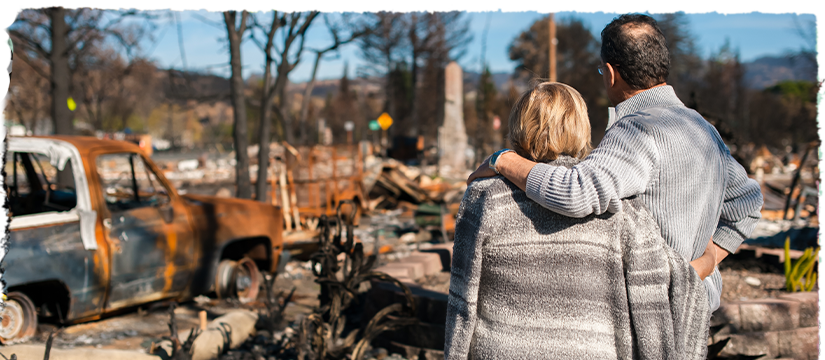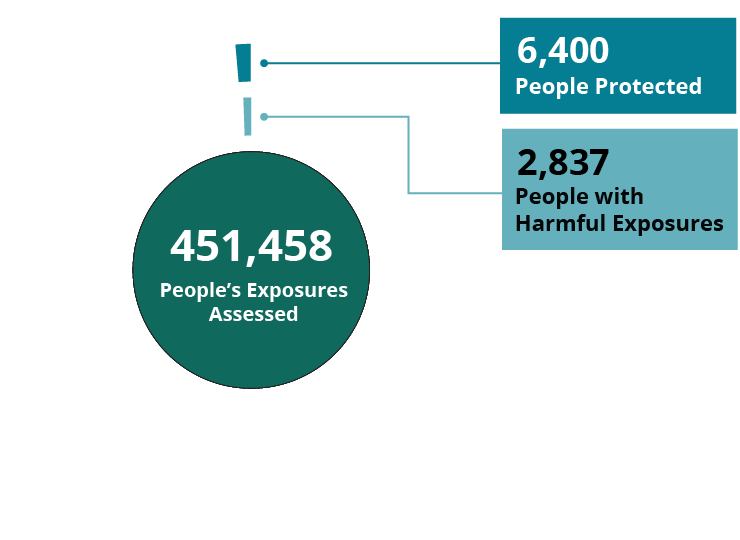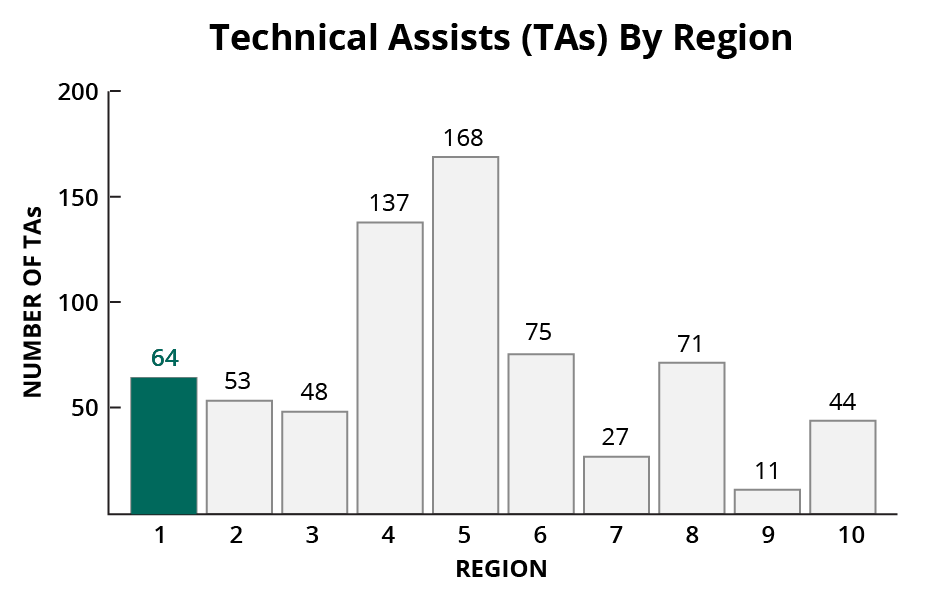2019 ATSDR Annual Report

2019 ATSDR Annual Report
Protecting People from Harmful Environmental Exposures
Whether in the office or in the field, ATSDR’s professionals work to protect the public from hazardous substances.
Every day, our scientists and staff contribute to a growing body of knowledge about chemical compounds and their effects on human health. ATSDR works side-by-side with communities to help protect them from the effects of environmental contamination.
ATSDR is headquartered in Atlanta, Georgia, with the Centers for Disease Control and Prevention. ATSDR also has staff based in each of the U.S. Environmental Protection Agency’s ten regional offices. ATSDR collaborates with other Federal agencies, tribal, state, and local stakeholders, healthcare providers, and communities to respond to questions about health effects of chemical exposures. ATSDR also coordinates with first responders and disaster preparedness officials during emergency events, as well as during the follow-up if there may be the possibility of ongoing exposure. ATSDR technical staff provide unique expertise, as well as special technical and field experience, to help understand exposures.
The following pages will highlight a snapshot of ATSDR’s most recent activities. We hope you will enjoy learning about what we do and who we are. If you haven’t visited our main website, find out about these projects and more at www.atsdr.cdc.gov.
Stories from the Field
ATSDR answers the call when communities need information and guidance on possible health threats posed by environmental contamination.
Access an Index of All Stories from the Field
Who We Are
Our people are the core of everything we do. We are scientific experts in toxicology, epidemiology, and exposure analysis. We are also skilled communicators and passionate public servants. We invite you to learn more about the roles and responsibilities of ATSDR’s everyday defenders of environmental health.
“My work at ATSDR combines technical environmental health work and communications. I love interacting with the community at public meetings or at our soilSHOP screening events, which may include testing people’s garden soil for lead and other harmful substances. soilSHOP is a health education program that aims to raise awareness about the hazards of lead in soil”
— Ana P., Regional Representative
“We are working hard to help protect the public health and better understand environmental exposures.”
— Melanie B., Toxicological Profile Manager
“I feel a sense of pride when colleagues and the community turn to me to help them solve a problem or find a solution to site issues.”
— John T., Health Assessor
“At ATSDR, we have a very exciting niche. We leverage the best science to provide solid, rapid responses to community concerns about environmental contaminants.”
— Patricia R., Computational Toxicologist
A Sample of the Kinds of Work We Do
At each of ATSDR’s ten offices, regional representatives provide historical and current information about the communities they serve. They are often the initial point of contact for communities who report environmental concerns and seek updates on any actions. Regional representatives work with other federal, state, and local officials in their jurisdiction who need help preparing for or responding to environmental emergencies.
A health assessor evaluates sites where people may be exposed to hazardous waste or toxic substances. After compiling and analyzing data, talking with people familiar with the site, and engaging community members, health assessors use ATSDR’s standard scientific process to decide if exposures could be harmful to the community’s health. Health assessors communicate their findings and make recommendations to prevent or reduce harmful exposures in written reports and in meetings with the community.
Better understanding toxic substances is the goal of an ATSDR toxicological profile manager. They often spend years gathering scientific studies related to the health effects of one hazardous substance, or a combination of substances, to determine how it may affect a person’s health. These managers publish comprehensive toxicological profiles referenced by public health professionals worldwide and serve as subject matter experts for health assessors and other professionals in the field.
Computational toxicologists use math and computer models to predict how chemicals will affect someone’s health. This groundbreaking work supplements toxicological profiles where little is known about a substance and fills in gaps using predictive technology. A computational toxicologist assists in field work by providing toxicity estimates for hazardous chemical exposures and contributing to public health assessments with modeling and other support.
ATSDR Regional Map

Whether conducting investigations or leading educational workshops, ATSDR is actively involved in communities across the United States.
Use the dropdown menu below to select a region and see where ATSDR worked last year.
To receive email updates about this page, enter your email address in the field below:










